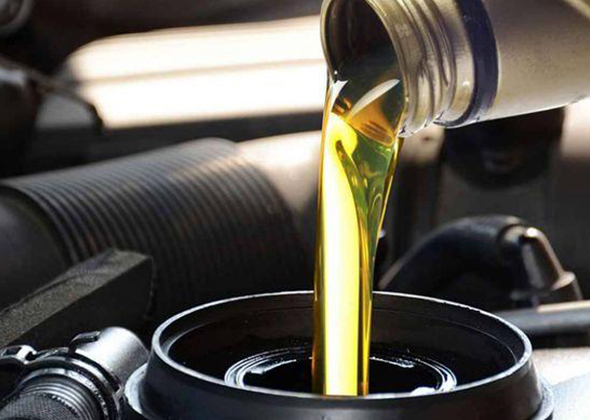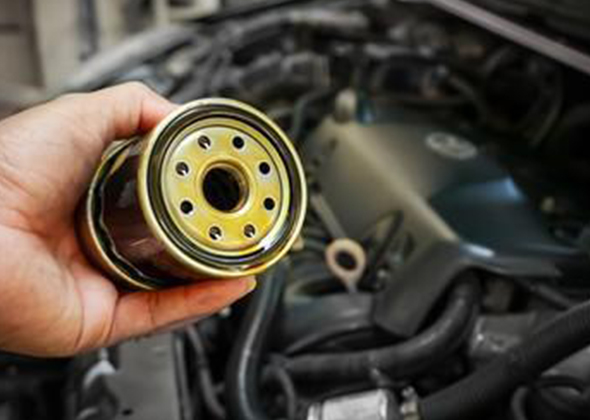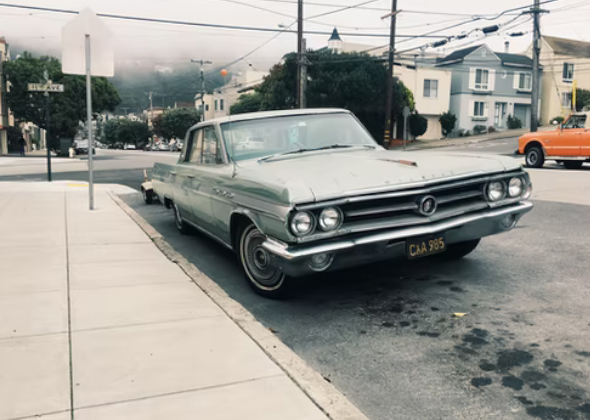Tires are an important aspect of everyday driving since they influence a variety of factors including driving dynamics, noise, and deceleration. While the majority of customers stick with the basic set, altering wheels and tires is becoming more popular.
“Aren’t wheels and rims the exact same thing?” you might wonder after reading the headline. Not really.
You might be introduced to a subculture of car culture in which “wheels” are known as “rims” or vice versa. The wheels are those full round objects beneath the car while the rim is what makes folks go crazy. Let us distinguish between car wheels and rims below.
What Are Rims?
Let’s discuss in depth the various parts of rims, their functionality, materials, and the various types available.
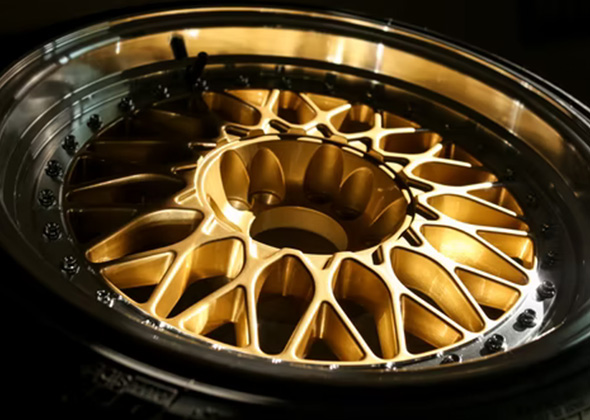
Parts of Rims
- Outside Lip: The section of the rims that faces outside, calculated from the tire’s face to the outer edge.
- Flanges: Flared surfaces on the inline and outward sides of the rim. These keep the tire from slipping away from the axle.
- Bead Rest: The patches on the rim’s outside face where the tire beads sit just on the wheel are.
- Mounting humps: Small bumps that run down the inside of each beading rest. These keep the tire beads in position against the wheel and stop them from slipping.
- Drop Center: The lowest point of the barrel, where the tire is mounted to the axle without straining the bead wires.
- Valve Stem: The valve culm is a metallic air valve that is used to fill and check the tire’s compressed air.
Function
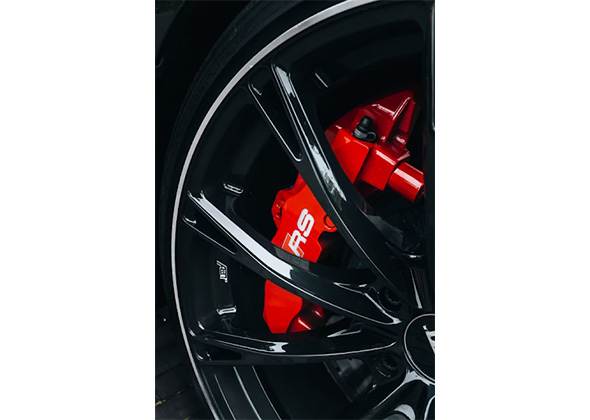
The rim’s primary mission is to assist and seal the tire to the wheel. The rim maintains the air within the tubeless tire by ensuring an appropriate fit between tire and rim. The tire is held in place by the rim, which has a skeleton outer edge. Because it’s tubular, it can grip and seal the shield casing to the axle.
To trap the air within tubeless tires, correct alignment between the tire and the rim is critical. Inner tubes are stored between the wheel and the tire in older autos.
The rim’s cylinder serves as a mounting platform for the tire. The barrel sides are designed to form studs, which guarantee that the tire’s blade rests on a flat surface.
Materials
- Steel rims are the most affordable option. Because these rims are so basic, they are frequently covered with castors.
- The most common material used in automotive rims is aluminum alloy. This material is cost-effective while still being strong and long-lasting.
- The most expensive model mostly on the market is the chrome plated rim. These rims are typically manufactured of aluminum alloy and then finished with a shiny chrome finish.
- Before being finalized, aluminum alloy wheels are given a coat of paint and a clear coat. This prevents the wheels from rusting and gives them a nice appearance.
Types
Pouring liquid metal together into a wheel-shaped mold is known as casting. This method is quite affordable, yet it produces a wheel that is both sturdy and light. They are, regrettably, difficult to restore.
A reduced casting procedure is used to start the flow-forming process. The outer rims of the wheel are then constructed using a greater spinning device. These tires are stronger and more durable than cast rims while yet being reasonably priced.
Forged wheels are made by putting intense pressure on a round bar of metal as it passes through forging dies. Forged wheels are much more costly, but two-piece wheels that are both durable and light might save you money.
What Are Car Wheels?
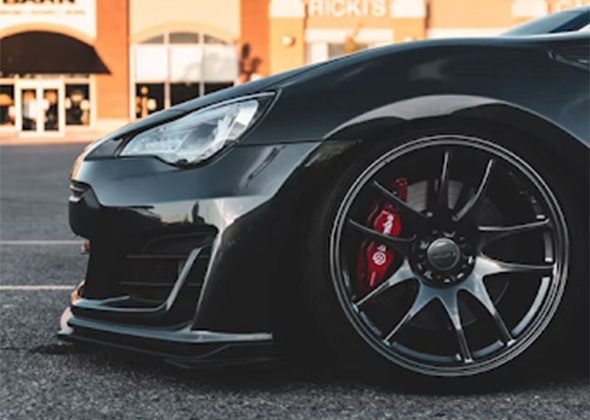
The tires have a simple circular shape, but producers have found a method to add cool wheel discs to them. In a car, wheels are positioned vertically beneath the body. The car wheels make it feasible to move huge goods without difficulty.
Function of Wheels
- Tires protect the wheel rim from grinding or dragging on the ground by covering it. When driving on uneven terrain, it also softens and acts as a shock absorber. The grooves and the structure of the tire are the most important components.
- The tread, also known as the track, is the tire’s outer rubberized section. It comes into contact with the floor and eventually wears out. The tire pattern is made up of grooves and slots. This design serves two purposes: increasing contact between the road and the tire and directing moisture away from the tire.
- On the other side, the body serves as a container for a specific amount of pressurized gas. Tires are available in a variety of sizes to fit a variety of vehicles.
- The valve mechanism in car tires inflated or deflated them. To let the user know the pressure state at all times, car wheels include a valve mechanism linked with the traction control surveillance system.
- The barrel sides are designed to form studs, which prevent the tire from slipping off while driving. Flat parts known as beads are found within them. These flat areas provide a surface for the tire’s edge to rest on.
- The hub assembly attaches the wheel to the vehicle and allows it to rotate. It houses the tire sensor and is essential for the car’s turning, braking, and grip operations.
Parts of Wheels
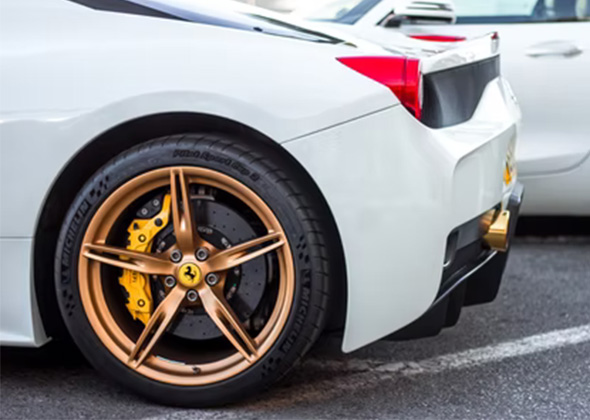
1. Tire
Of all, the tire is the most visible part of any automotive wheel. After all, when you glance at a wheel, it’s the outer part and the first thing you see. The tire is the car’s outermost shield covering and the section that hits the floor.
The majority of automotive tires are radial, meaning they are inflated with pressurized gas. Rubber (synthetic or natural), activated carbon, and a few chemical compounds are used to make them.
2. Rim
The tire is held in place by the rim, which has a skeleton outer edge. Because it’s cylindrical, it can grip and secure the shield casing to the wheels. To endure the pressure and weight of the car, tire rims are built of strong metals such as steel.
3. Hub
The tire hub is the most central element of the wheel, and it features studs that the motor attaches to. It has a circular bore that serves as the mounting hole for the tire on the spindle. When the operator presses the foot brake, the brake pads rest against the wheel hub, ensuring that the automobile brakes.
The middle bore is covered by a removable middle cap on the car’s outer edge. A wheel disc, which is either removable or permanently attached to the rim, connects the hub and outer surface.
Spokes are used to link the rim with the hub in those other car wheels. The spokes are also responsible for the wheel’s structural stability. For extra attractiveness, most wheels now have stylized spokes.
The center disc is located just beyond the center cap on spoked vehicle wheels. The wheel offset is determined by the thickness of this disc in relation to the centerline.
On the middle disc, lug slots are frequently drilled to create screw circles. The holes wherein the lug screws are secured are known as lug holes. Bolt circles are formed by the lug holes and have a diameter known as the bolt circular diameter (BCD). The bolt system is defined by the size as well as the holes.
4. Valve system
It is the portion of an automobile wheel that controls tire pressure.
Difference Between Wheels and Rims
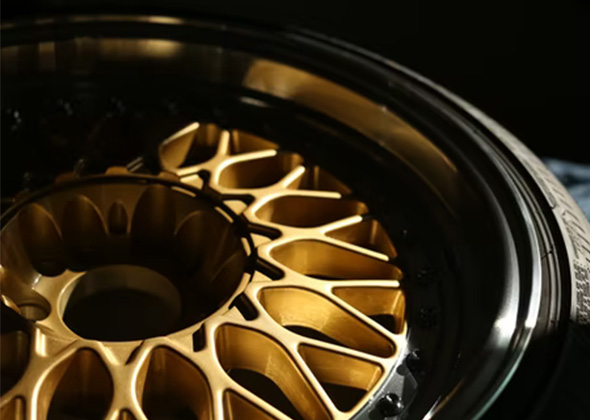
The phrases “wheel” and “rim” are frequently interchanged as if they have the same or almost identical meanings, however, this is not the case. Since rim and wheel are commonly formed or hammered from one chunk of metal, many people confuse the terms “wheel” and “rim,” which refers to the complete metal portion to which the tire is mounted.
The fundamental distinction between wheel and rim would be that the rim is merely a portion of the tire, not the entire wheel.
The rudimentary circular bricks that spin in order for the automobile to drive are known as wheels. They are positioned vertically beneath the vehicle, allowing not only for mobility but also for the vehicle’s and large cargoes’ support.
Besides the size of the complete wheel, the breadth of the rims will be taken into account when determining the size of the wheel. The rim is merely the wheel’s diameter, or the outer round edge, into which the tire’s latex padding is fashioned.
Conclusion
Many people, such as some technicians, now use the phrase “rim” to refer to the entire metal component on which the tire is placed. Who is to blame, then? Then again, rims and wheels are orientated in the same direction, are formed in the same metallic unit, and rotate in the same direction.
Although they are often interchangeably used, they are not entirely the same thing. It’s still vital to know the distinction between the two, and we hope this article has helped. In a word, the wheel is a complete metal block, whereas the rim is only the outer border. If you need to source car wheels and rims from China, you can work with Sunway.



